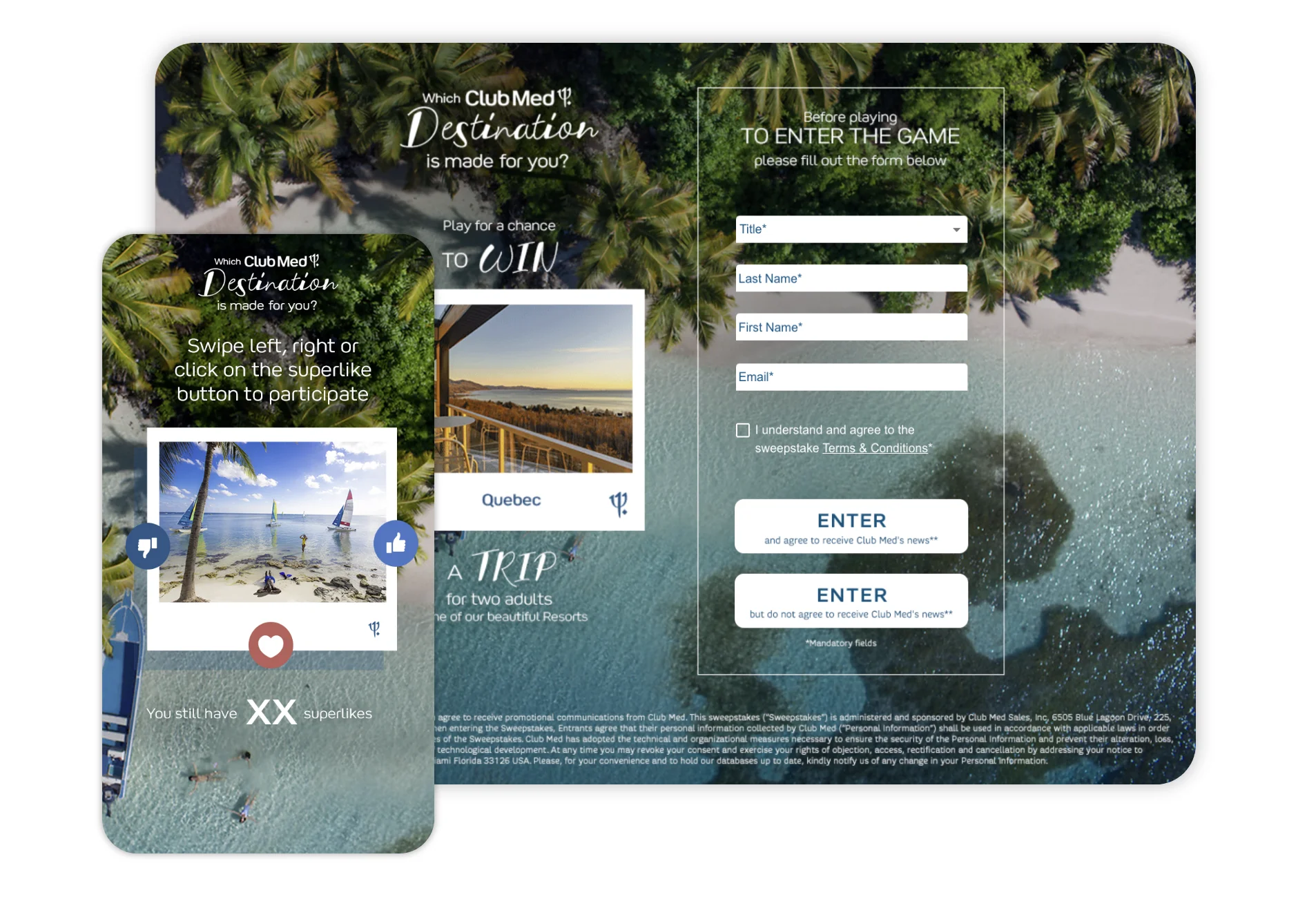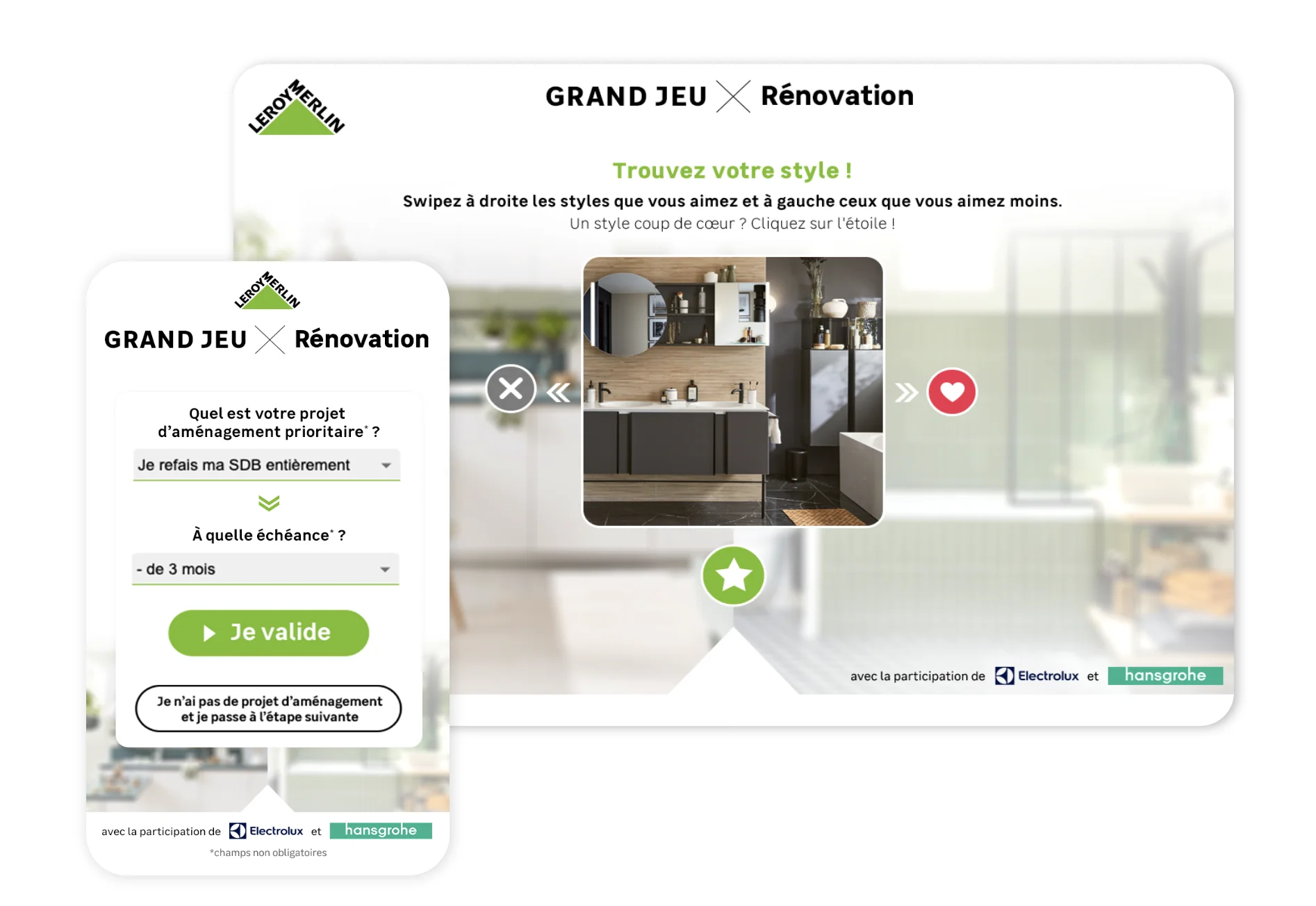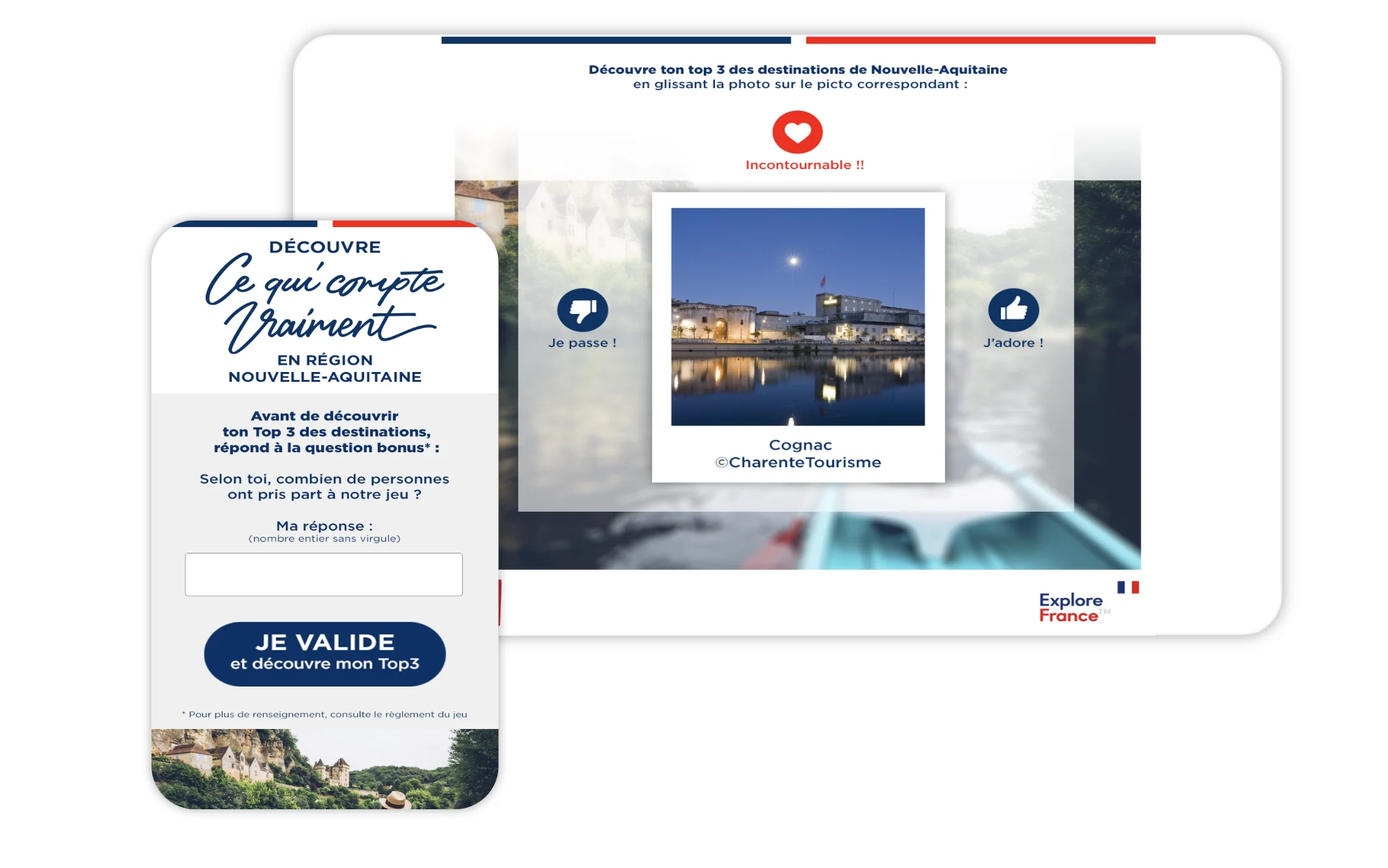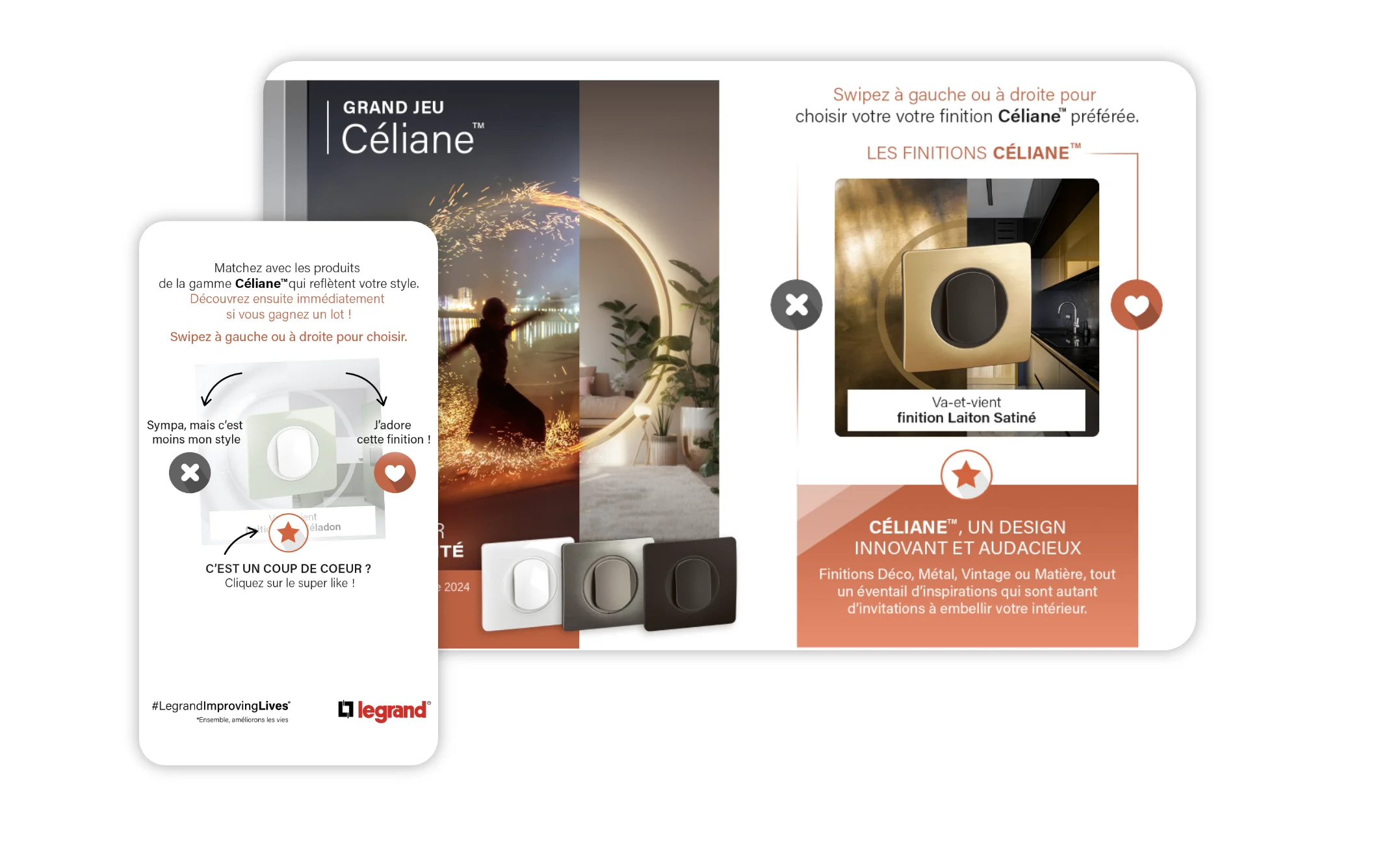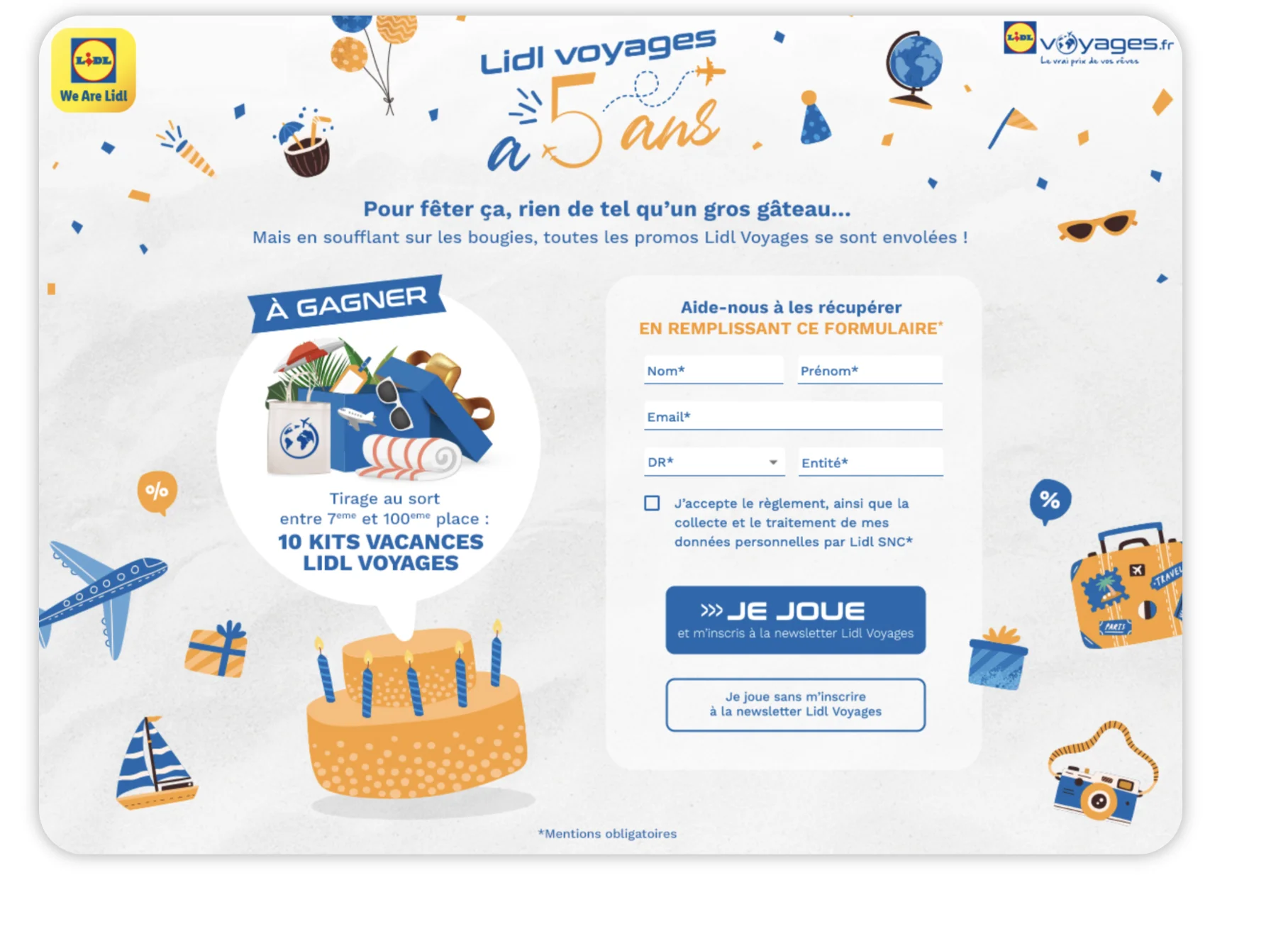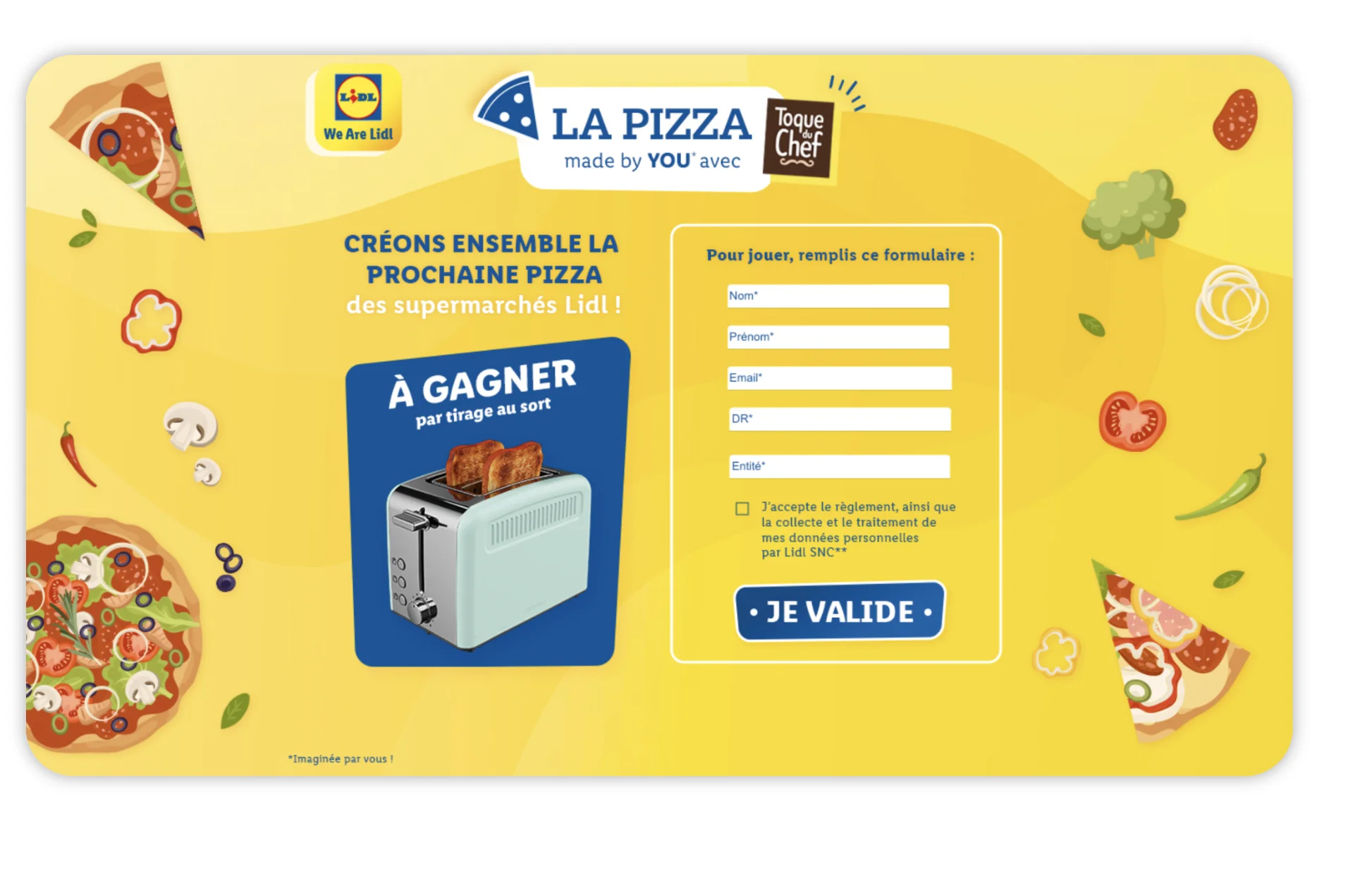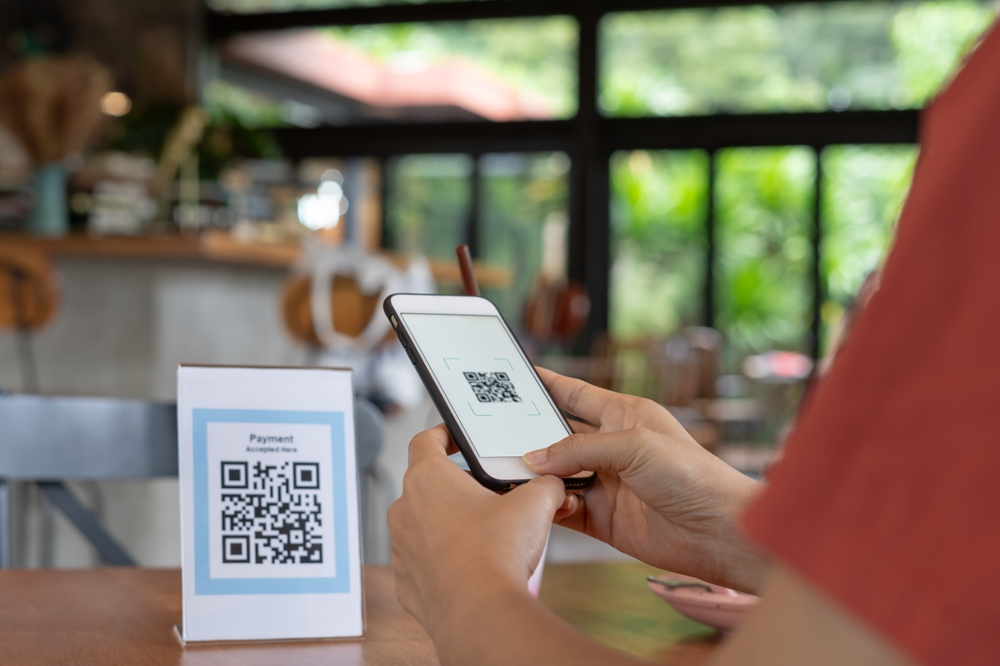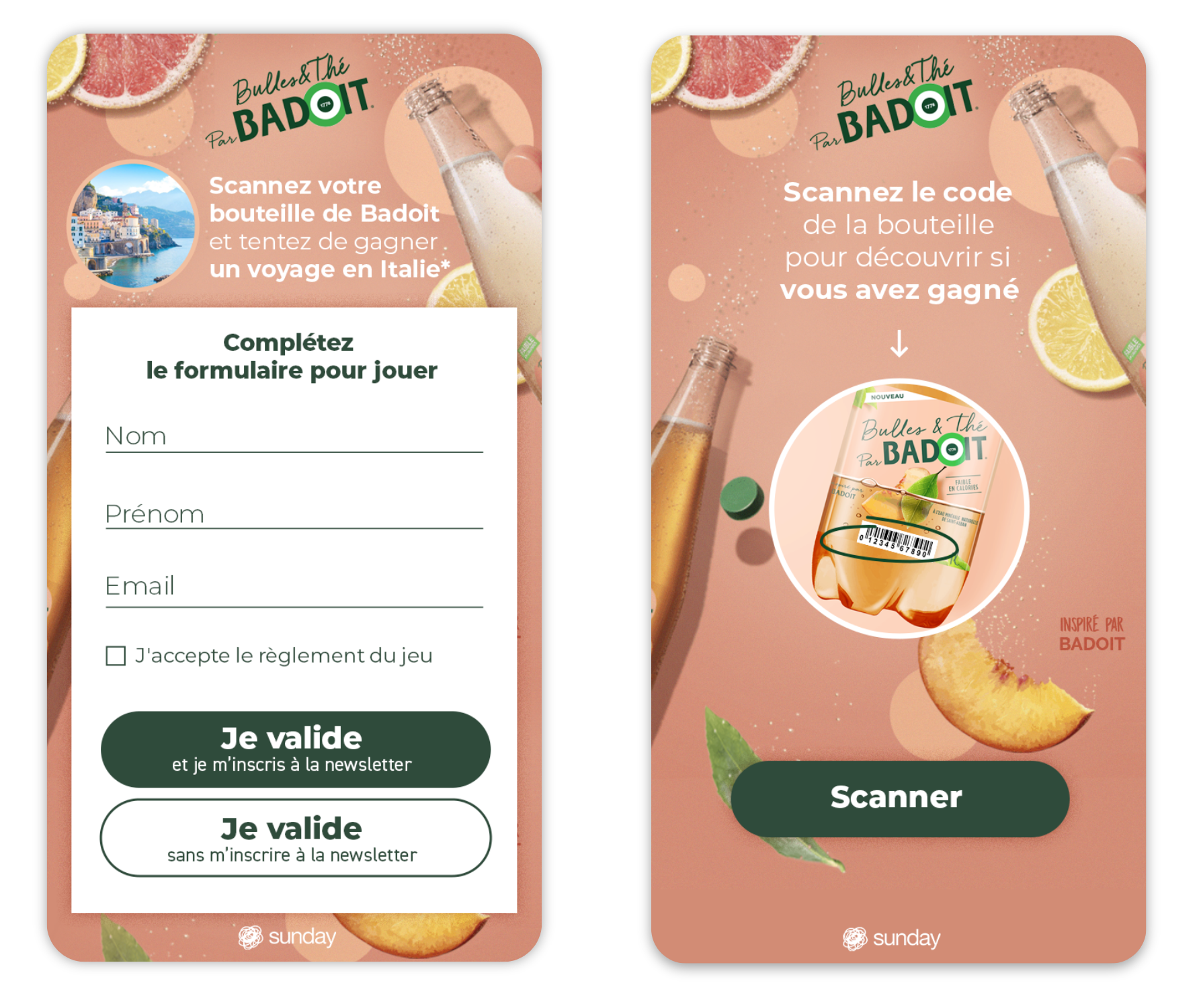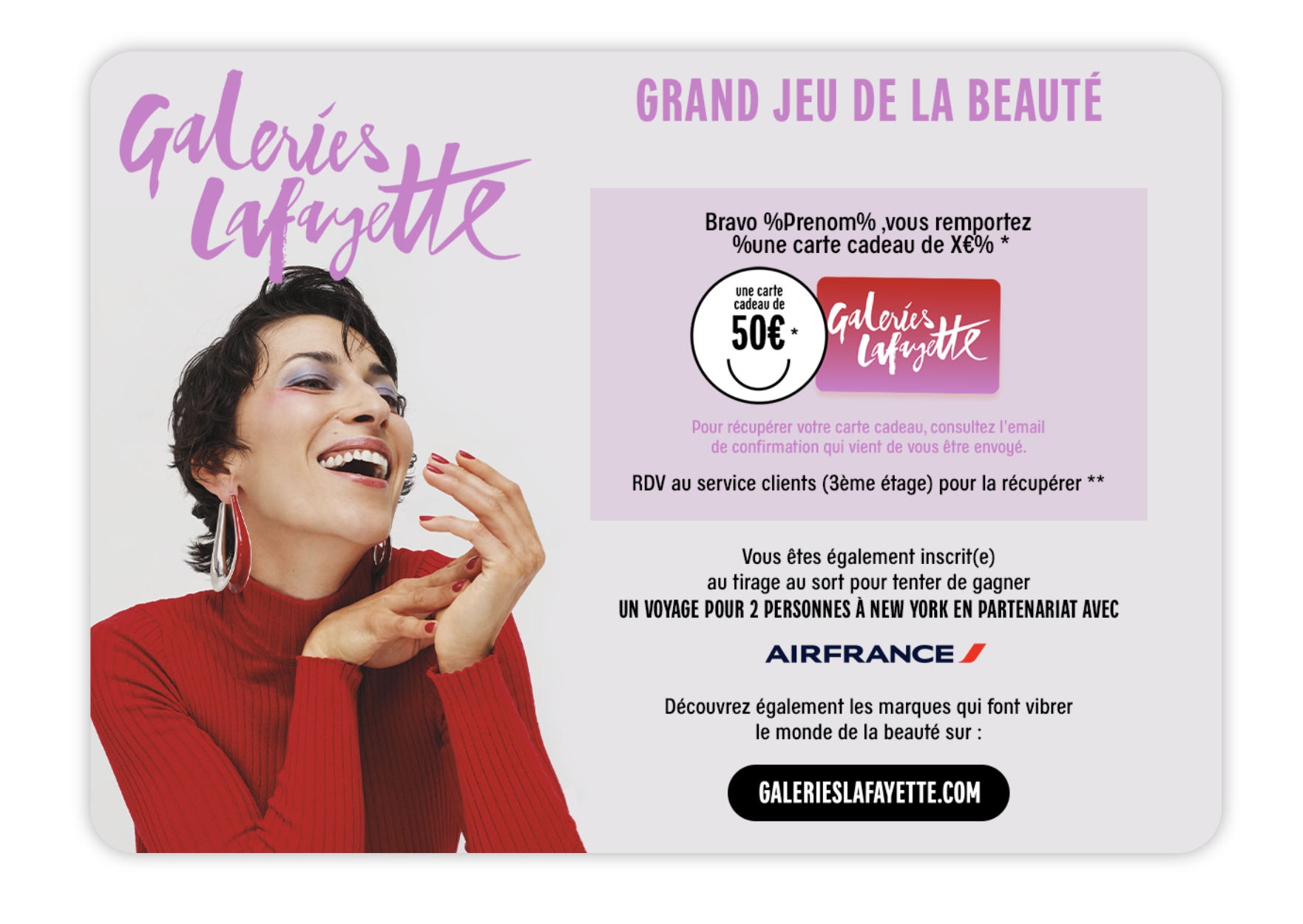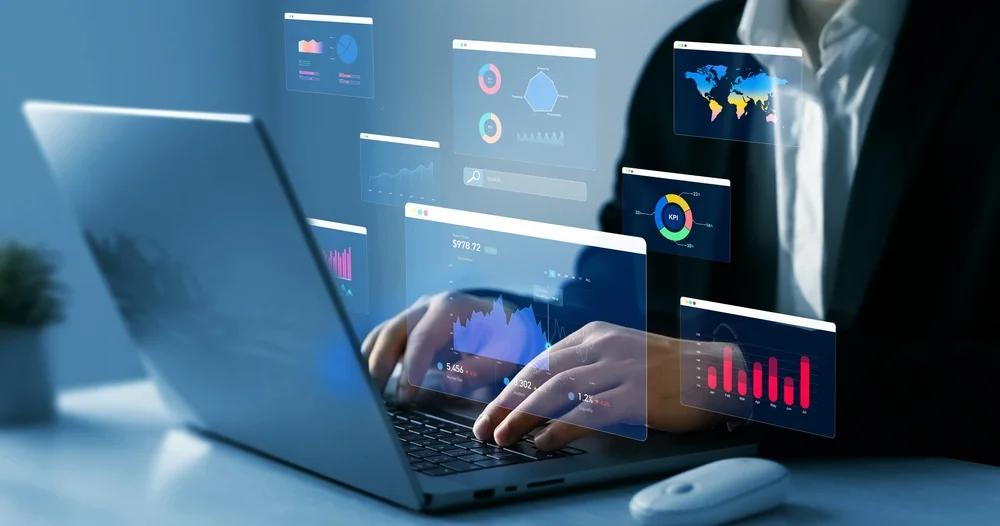
Gamification for the employer brand
These days, it’s increasingly difficult to find qualified profiles to strengthen your teams, but also to retain talent within your company. It is therefore crucial for organisations to strengthen their employer brand, not only to boost their attractiveness to candidates, but also to better engage and retain their employees.
Gamification is a tool that can help create a strong employer brand, at every stage of the employee experience. In this article, we share with you some best practices and concrete use cases for gamifying your employer brand and responding to the HR challenges you are currently facing.
What is an employer brand?
Simply put, employer branding is the way companies present themselves to their employees. While a company’s brand image is primarily designed for and communicated to its customers, its employer brand is also aimed at its employees and the talented people who might consider joining its teams.
It is therefore an organisation’s unique value proposition
as a recruiter and an employer. An employer brand includes a range of very tangible elements, such as the conditions and benefits that the company offers its employees (salary policy, financial and intangible bonuses, etc.). But it also includes more intangible elements, such as the company culture, the values espoused by the organisation and its employees, the career prospects for both the company and its employees, etc.
The employer brand is also built around the image that the company conveys through different
communication tools (career page, LinkedIn profile, presence at trade fairs). But it is also co-constructed by all employees, past, present and future. This involves feedback that they share via their own networks or with a wider audience (on a site such as Glassdoor, for example, but also via their LinkedIn profile, etc.)
Why consolidate your employer brand?
The employer brand is a key element in a company’s ability to grow in the long term. The stronger the employer brand, the more likely it will be to attract, engage and retain the best performers in its teams.
Building your employer brand means you can :
- Optimise your talent acquisition strategy. The employer brand helps to attract, engage and retain the most talented people. Not only will talent be more likely to apply to a company that enjoys a good reputation as an employer. But they will also be more motivated to give their best to the organisation and will tend to see themselves as long-term employees.
- Ensure its financial stability. Recruitment is a major expense for companies. In the same way, high staff turnover and positions left vacant for too long can have a negative impact on an organisation’s profitability. The ability to attract and retain the best talent is therefore crucial to productivity and growth.
- Consolidate your brand image. A company’s ability to offer its employees good working conditions is just as important to its customers. Consumers value responsible brands that respect people, starting with their employees.
Why gamify your employer brand?
Gamification, or the introduction of playful elements into a context not traditionally associated with games, is an excellent way of consolidating your employer brand. Here are 3 concrete steps (awareness, acquisition and retention) where this strategy can be a winner.
1. Gamification to develop an attractive employer brand
In the same way that gamification can be used by brands to raise their profile with potential customers, it is also an excellent way of capturing and retaining the attention of talented people. By introducing playful elements into its communication materials, a company can communicate more effectively with candidates and convey its values and messages in an impactful way.
Gamification offers a multitude of mechanisms for conveying information to your target audience, via an interactive quiz, for example. An interactive approach ensures that your audience will pay closer attention and retain the message better.
For example, many talented young people want to work for companies that share their values. Gamification can be used to communicating and reinforcing the employer’s unique value proposition with candidates. By opting for a Quiz or a Battle, the organisation can communicate its commitments (on work-life balance, sustainable development, diversity and inclusiveness) in a fun and memorable way.
2. Gamification to optimise your recruitment process
Gaming can also enable employers to break traditional recruitment codes. For example, organisations can attract talent by sharing gamified job offers. Instead of listing the requirements and tasks of the position to be filled, companies can use gamification to create immersive offers that highlight their internal culture and values.
By offering a personality test, recruiters can share their expectations in an original way and filter more effectively the profiles that do and don’t suit them. As well as simply standing out from the crowd, gamification is also a profitable strategy for optimising the candidate selection process. Companies can use interactive and fun formats to more effectively identify profiles that match their needs, for example through gamified assessments.
Rather than relying solely on traditional methods (such as tests or job interviews), the organisation can also offer immersive experiences (role-playing, interactive investigations such as escape games). Combined with traditional assessment tools, these enable us to measure candidates’ potential in action more accurately. But they can also be used to assess less tangible skills (such as soft skills like teamwork, empathy, creativity, etc.).
Example: The Bizzbee video competition
The Bizzbee brand proposed a simple challenge: submit your application on video, as originally as possible, and post it on the social networks to gather as many votes as possible from the Bizzbee community. The prize was a CM internship in the social media team and a great atmosphere guaranteed.
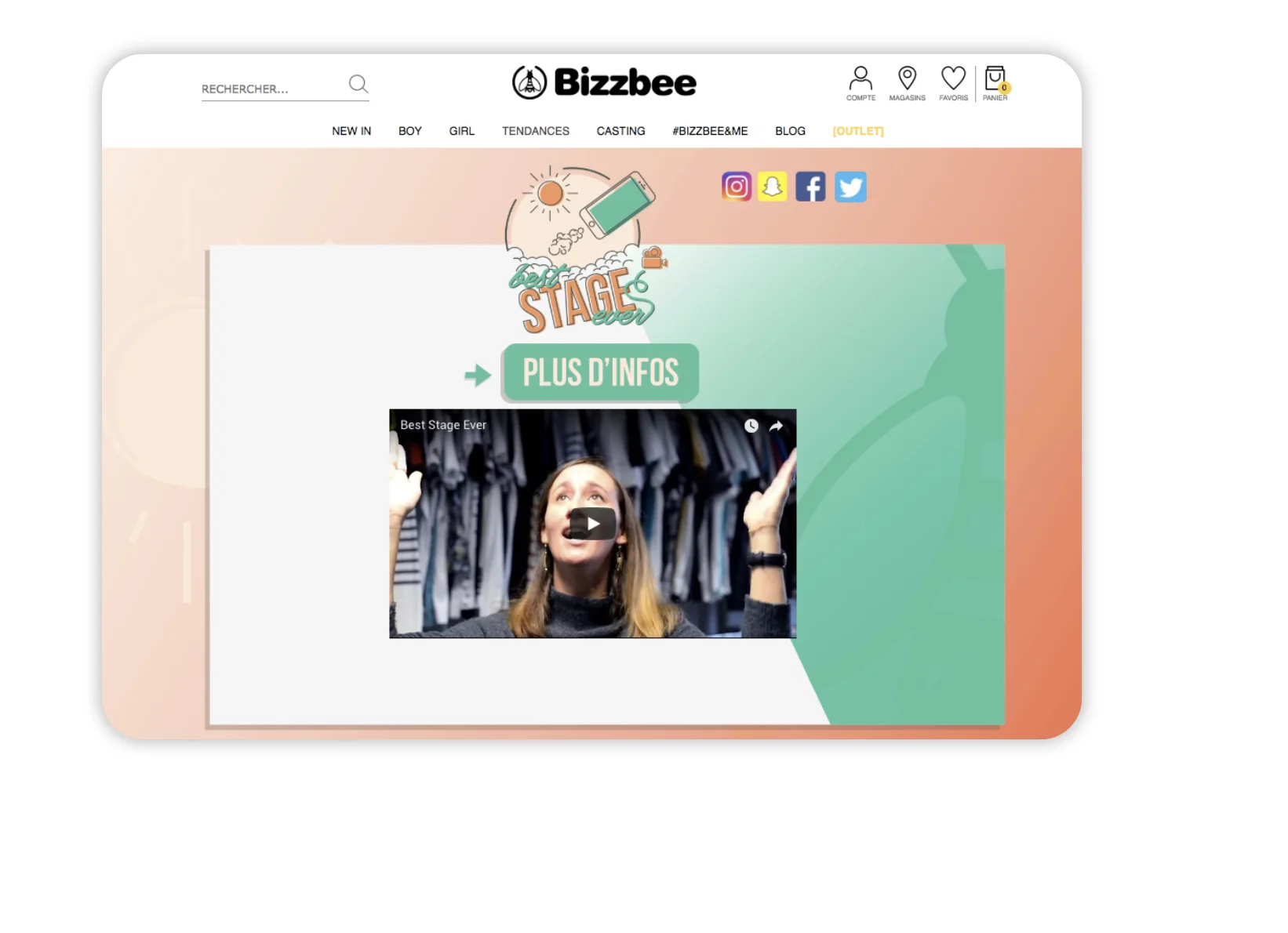
3. Games as a means of engaging and motivating employees
Gamification is also a particularly effective way of engaging employees and building loyalty. In this way, employers can gamify their internal development processes, along the lines of their loyalty programmes. This system, which can include elements such as points and levels, will make it possible to offer teams greater recognition, reward them for their achievements and give them a transparent view of their career development possibilities.
Edutainment, or learning by playing, also shows the relevance of integrating gamification into vocational training.Employees gain skills while having fun, and have the feeling that they are growing with the company. But games can also be used to celebrate the organisation’s high points (anniversaries, new product launches) and to unite teams around fun experiences ( sports games, creative competitions, solidarity challenges, etc.
Example: DPD’s Catch All for the Davis Cup
DPD has set up a ‘Catch-all’ game
to engage and motivate its employees during the Davis Cup. It was a great success, with over 6,000 games played. The operation was a resounding success, with over 6,000 games played, reinforcing internal cohesion and enthusiasm around this sporting event.
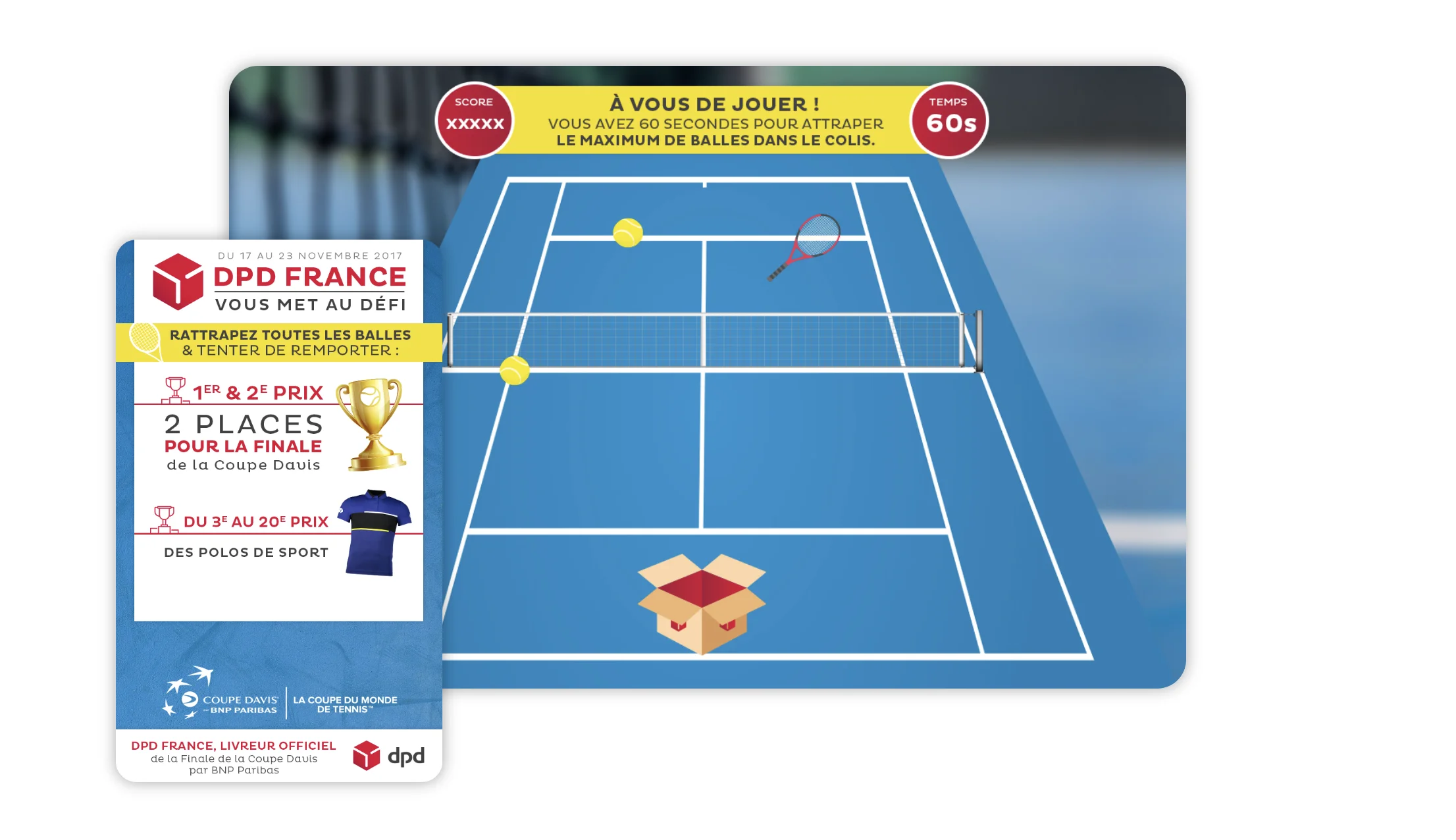
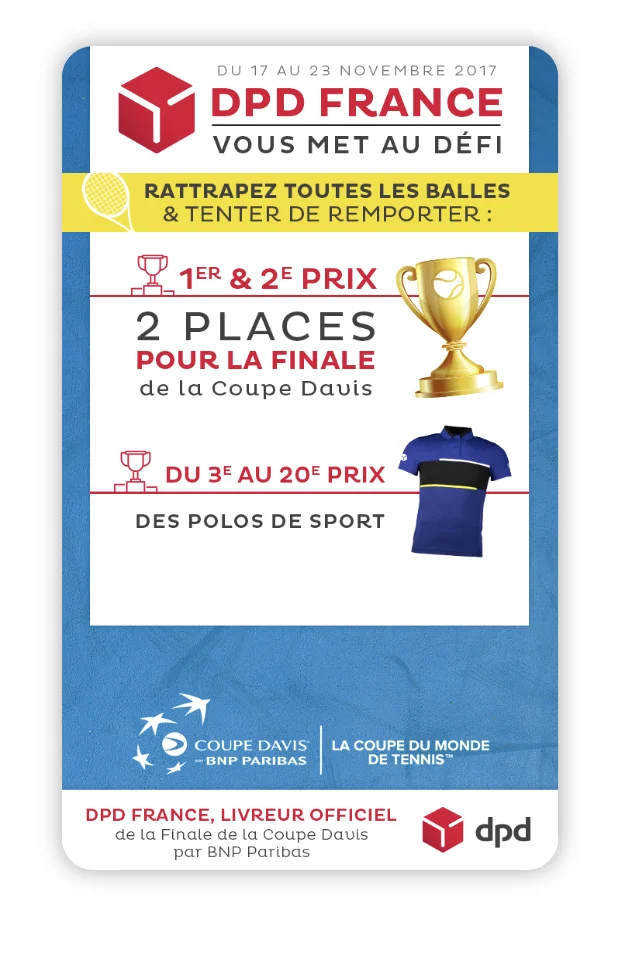
Conclusion
Gamifying your employer brand is an excellent way of boosting your company’s appeal and better engaging your candidates and employees. Discover
our catalogue of playful mechanisms to optimise your employer value proposition and consolidate your internal culture!



